The implications of the anti-Dalit violence need serious consideration. The youths have acquired a new vision and are aware of the importance of literacy and education, the standing of communication, occupational mobility and relevance of affirmative action. A peep into the operation of Dalit organisations which have come up during last four-five years would reveal that Dalit youths are more class-conscious and desire to express their identity at horizontal and vertical social and economic levels. Here’s an analysis, for Different Truths.
Scared of Dalits feeling alienated and severing their ties with the party, the BJP leadership has embarked upon a major image refurbishing mission. With the Supreme Court reluctant to review its order on the SC/ST Atrocities Act, the BJP has decided to move the court to display the concern of the party to the Dalit community.
The inability of the party to counter the Dalit unrest emerging across the country and bereft of any alternative politico-cultural mechanism to counter this trend and also to reach out to the Dalits, three BJP-ruled states of Chhattisgarh, Madhya Pradesh and Rajasthan — which had earlier endorsed and stood by the Supreme Court’s instructions and also directed their police establishment to implement the court order — revoked their decision on Tuesday at the directive of their central leadership In Madhya Pradesh seven Dalits were killed during the Bharat Bandh called by Dalit groups on April 2,
The BJP leadership has asked the three state governments to file review petitions in the apex court. Just after the Dalit organisations gave the call for the Bharat Bandh, Narendra Modi came out with the assurance that the Centre would not allow the law to be affected. Rajasthan, the laboratory of Hindutva, where maximum atrocities took place against Dalits, pledged to support the review petition filed by the central government. Incidentally, it was after much outcry and criticism that the Modi government decided to file the review petition.
One thing is absolutely clear that the strategy is not going to have any effect on the Dalits. The hardening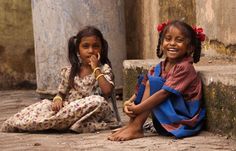 of the Dalit attitude towards the BJP could be judged from the fact that a veteran RSS Dalit ideologue from Gujarat deserted the RSS as well as the BJP. The 64-year old Mulchand Rana was the vice-president of Samajik Samrasata Manch of Gujarat, an RSS wing of social unity. After quitting the RSS, he said; “The importance of Dalits in BJP and RSS has been dropping over past 10 years. But in past five years, the rift between Dalits and other communities has widened so much that it has led to an increase in cases of atrocities.”
of the Dalit attitude towards the BJP could be judged from the fact that a veteran RSS Dalit ideologue from Gujarat deserted the RSS as well as the BJP. The 64-year old Mulchand Rana was the vice-president of Samajik Samrasata Manch of Gujarat, an RSS wing of social unity. After quitting the RSS, he said; “The importance of Dalits in BJP and RSS has been dropping over past 10 years. But in past five years, the rift between Dalits and other communities has widened so much that it has led to an increase in cases of atrocities.”
This admission simply underlines that the RSS and BJP have been least interested in empowering the Dalits and giving them their due. That Modi has betrayed the Dalits has been debated in their inner circle and groups. The contempt with which the Modi government treated the anti-Dalit violence in Saharanpur of UP immensely harmed Modi and his image. In recent months the BJP and the Modi government have been eulogising Babasaheb. But they forget the insult inflicted on him by the upper caste leaders and supporters. In Saharanpur, the BJP cadres belonging to the Thakur community had prevented them from installing a statue of B.R Ambedkar at the Saint Ravidas temple on the occasion of Ambedkar’s birth anniversary. Dalit houses were torched, their cattle sheds ransacked, and belongings destroyed. Two Dalits were killed.
When one examines the anti-Dalit violence over a period of time, the four northern states of UP, Bihar, MP, and Rajasthan, popularly known as the “cow-belt” states, top the list. As per the National Crime Records Bureau statistics, the total number of crimes against SCs in the country in 2010 was 32,643, of which UP accounted for 7,522 (23 per cent). The number of crimes increased to 47,064 in 2014, in which UP’s share was 8,075. In recent years crimes against SCs increased in MP and Rajasthan.
An insight into the crimes against Dalits would reveal that the present generation of Dalits, precisely the Dalit youths, do not perceive these as caste conflicts or violence. Obviously, the implications of the anti-Dalit violence need serious consideration. The youths have acquired a new vision and are aware of the importance of literacy and education, the standing of communication, occupational mobility and relevance of affirmative action. A peep into the operation of Dalit organisations which have come up during last four-five years would reveal that Dalit youths are more class-conscious and desire to express their identity at horizontal and vertical social and economic levels. It has now become a pan-Indian phenomenon. For the older generation of Dalits, Ambedkar was to be w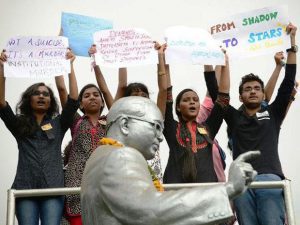 orshipped and revered, but the new generation has started to analyse and evaluate his writings, theories, and speeches. Ambedkar’s academic contribution to Dalit liberation has created a sense of confidence and assertion in the community.
orshipped and revered, but the new generation has started to analyse and evaluate his writings, theories, and speeches. Ambedkar’s academic contribution to Dalit liberation has created a sense of confidence and assertion in the community.
This realisation points to a new Dalit assertion, which is disinclined to accept the caste-based hegemony and supremacy of the upper caste Hindu. Jignesh Mewani’s affirmation in making thousands of Dalits rally against flogging of five Dalit youth in Una of Gujarat, and young lawyer Chandrasekhar floating Bhim Army to counter upper caste oppression at the Jantar Mantar in Delhi are examples of a resurgence of Dalit consciousness and politics.
BJP leaders, especially Prime Minister Narendra Modi and Amit Shah, have been trying to assuage the sentiments of Dalits and cautioning anti-Dalit elements within the party, but in reality, they have done little to win over their trust. Though at the national executive in Bhubaneswar last April Shah had said; “Our mass base is changing rapidly. So change your behaviour, language, and tone accordingly”, but the fact remains that nothing changed. On the contrary, the situation changed for worse. The number and character of atrocities on Dalits have bourgeoned. The entire exercise of Modi and Shah has been phony, simply aimed at winning the support of 16.6 per cent politically significant Scheduled Caste (SC) population.
The RSS has come to realise the intensity and dynamics of the new Dalit assertion. It is scared that failure to check the new idiom of the Dalit assertion would act as a serious deterrent to its expansion and growth. It is only after the avowal of new Dalit identity that the long march of RSS could be checked to a great extent. New Dalit politics has emerged in a major way. Dalits have reacted to denial of their rights, to atrocities on them and, rejection of their economic status.
Some people are not willing to accept this new dynamic of the davit politics. Earlier, the urban Dalits in their quest to join the ranks of the neo-middle class had been maintaining some distance from the poor Dalits, but now the scenario has changed. The urban Dalits, who have joined the ranks of the neo-middle class, are for asserting their identity and follow the teachings of Ambedkar.
They have become aware that in the era of dominance of market forces and the systematic assertion by the capitalist economy, they would have to evolve a new political action. They are striving to take charge of their affairs in their own hands. Though caste continues to be the basic index of their assertion, they are not willing to get embroiled simply in caste war.
It is not that the saffron scholars are unaware of these developments. With the aim to win over them, the BJP leadership, especially Narendra Modi government, has been desperately trying to identify themselves with the ideals of Babasaheb. But their divisive policy has made them stagger. The violence and oppression perpetrated on Dalits during last four years have scared them about the BJP trap.
Arun Srivastava
©IPA Service
Photos from the Internet
*Feature Picture Courtesy: Marcus Perkins Photography
#AntiDalitViolence #DalitAttitude #ViolenceAndGovernment #IndianDalits #BJPAndDalits #DifferentTruths

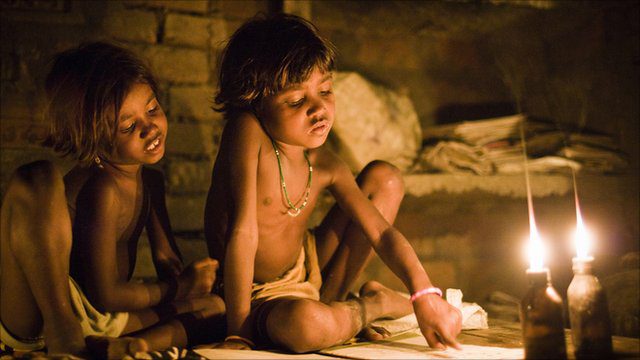
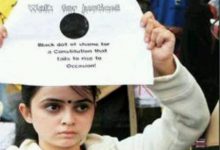

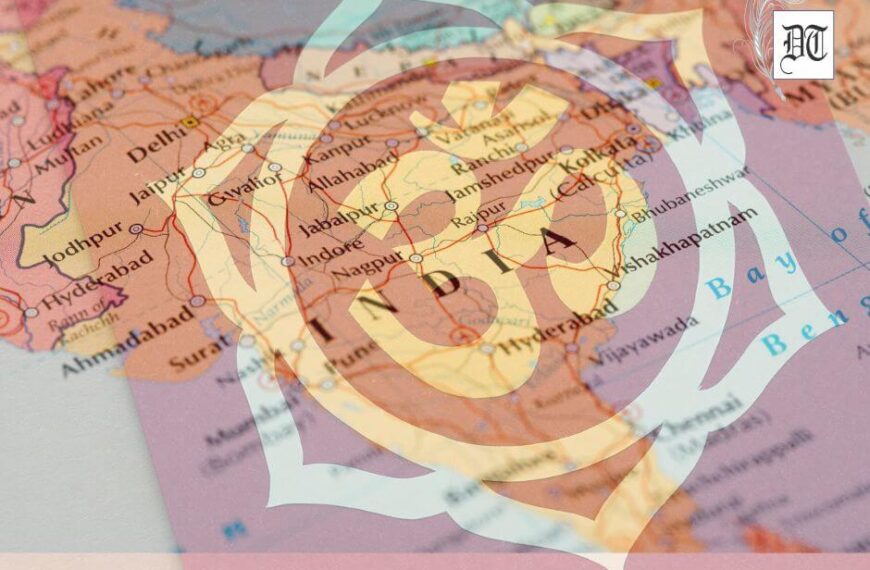
 By
By
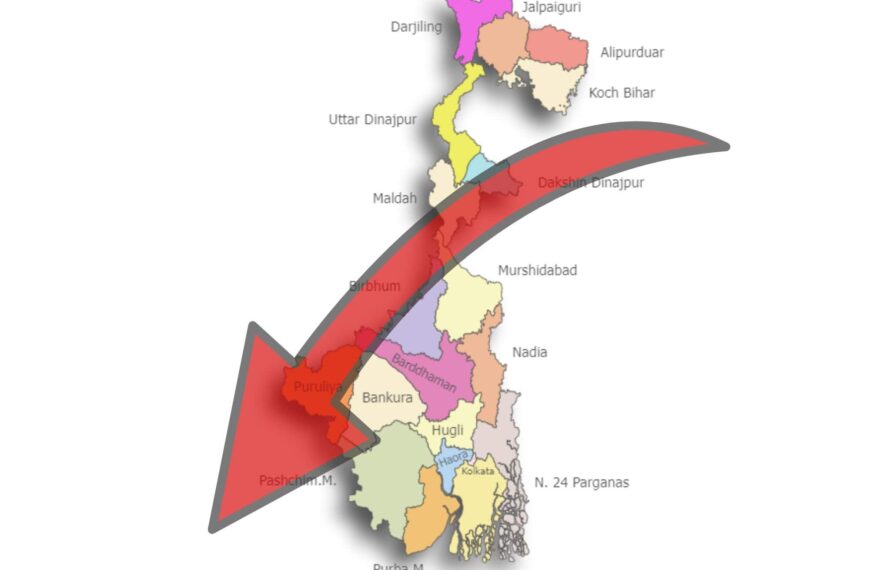
 By
By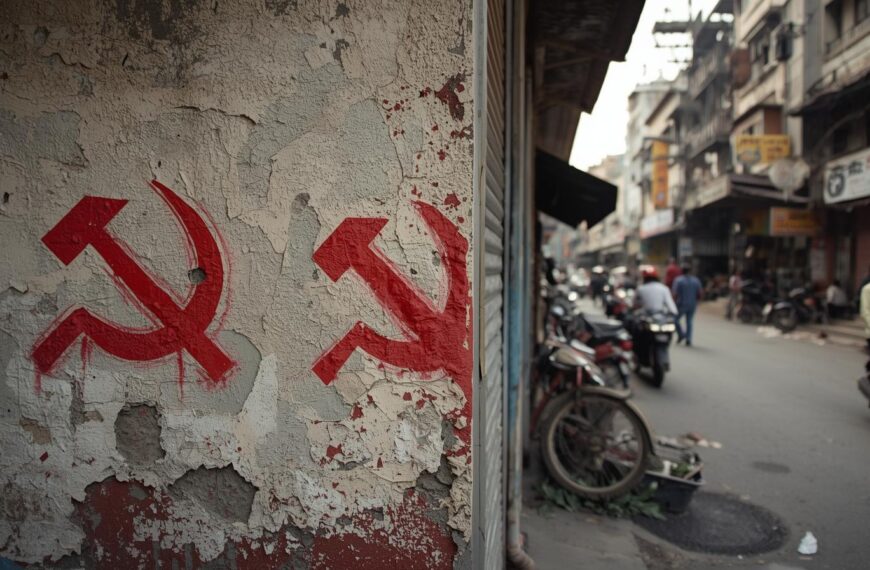
 By
By